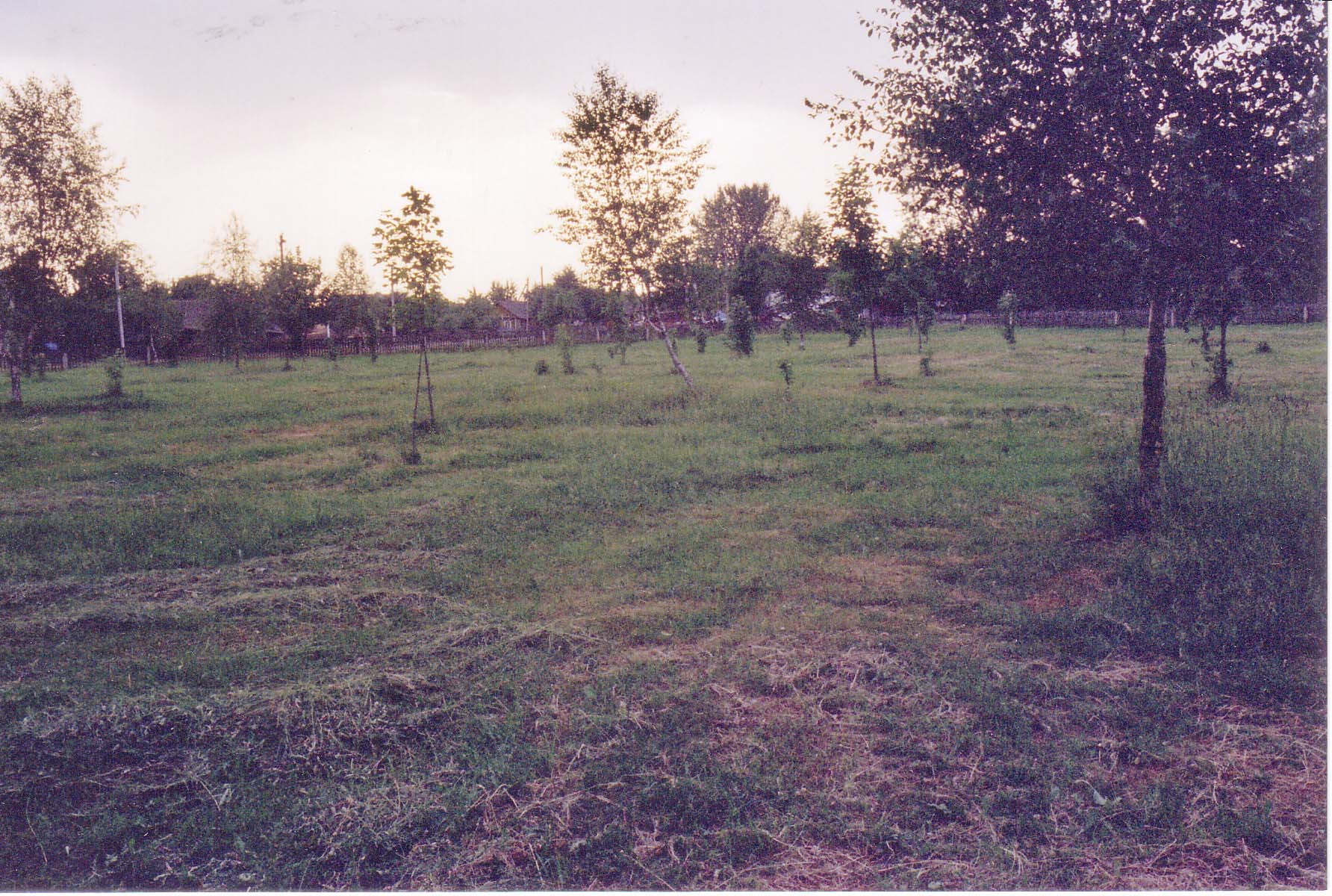
 My Father’s parents, Sol and Ida Kaplan came to the United States in the
early 1900’s. Both in their early teens, they immigrated to Norfolk,
Va. with their families, married and had four children. Both of these
grandparents died in the mid 1960’s and in those years, discussions about
their experiences in Europe, their voyage and adjustments to America and
all the things we so much search for now, were just not discussed. Knowledge
of their birthplaces and lives were scant at best We only knew, prior to
the preparation for this trip, that they were both from “Vilna Guberniya”,
that my Grandfather’s family name was Berkowitz in Europe (changed to Kaplan)
and my Grandmother’s family name was Schwartz in Europe (changed to Goldman).
We also knew that my grandmother’s mother (my Great-Grandmother) was a Kushner.
My Father’s parents, Sol and Ida Kaplan came to the United States in the
early 1900’s. Both in their early teens, they immigrated to Norfolk,
Va. with their families, married and had four children. Both of these
grandparents died in the mid 1960’s and in those years, discussions about
their experiences in Europe, their voyage and adjustments to America and
all the things we so much search for now, were just not discussed. Knowledge
of their birthplaces and lives were scant at best We only knew, prior to
the preparation for this trip, that they were both from “Vilna Guberniya”,
that my Grandfather’s family name was Berkowitz in Europe (changed to Kaplan)
and my Grandmother’s family name was Schwartz in Europe (changed to Goldman).
We also knew that my grandmother’s mother (my Great-Grandmother) was a Kushner.




 Shale (Saul) Kushner
Shale (Saul) Kushner At the end of the war, Shale, his new wife Bluma, and their daughter Irene
requested that the Jewish agency move them to Brussels from Poland.
Chances for immigration were better from Belgium. Their names were
published in the Yiddish paper and my Grandmother, Shale’s first cousin, after
seeing them in the paper, began the difficult process of bringing Shale and
his new family to America.
At the end of the war, Shale, his new wife Bluma, and their daughter Irene
requested that the Jewish agency move them to Brussels from Poland.
Chances for immigration were better from Belgium. Their names were
published in the Yiddish paper and my Grandmother, Shale’s first cousin, after
seeing them in the paper, began the difficult process of bringing Shale and
his new family to America.
 The plaques on the monument seemed so inadequate, so insignificant to the
event they attempt to memorialize. The original plaque, placed by the
Russian Communist, makes no mention that these were Jews that died here.
Even the year is mistakenly noted as 1943, and not the correct year of 1942.
The plaques on the monument seemed so inadequate, so insignificant to the
event they attempt to memorialize. The original plaque, placed by the
Russian Communist, makes no mention that these were Jews that died here.
Even the year is mistakenly noted as 1943, and not the correct year of 1942.

|

|

|